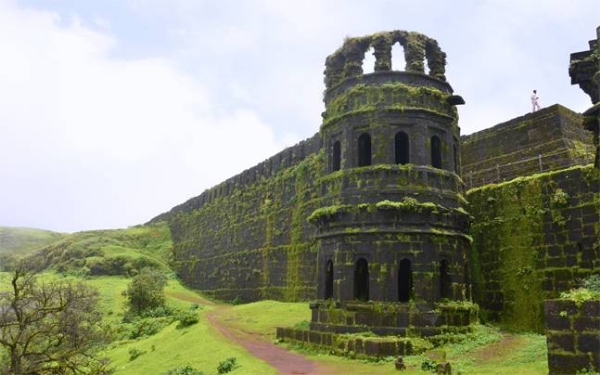UNESCO World Heritage list to include six more of Indian heritage sites
20 May 2021 14:38:08
New Delhi, May 20: The Union Culture Minister Prahlad Singh Patel recently announced that around six cultural heritage sites have been added to the UNESCO World Heritage Sites. With the newly nominated sites, the total number of sites in the UNESCO World Heritage Sites Tentative list has increased to 48.

The Ganga Ghats of Varanasi, Temples of Kancheepuram in Tamil Nadu, Satpura Tiger Reserve in Madhya Pradesh, Maharashtra Military Architecture, Hire Benkal Megalithic site and the Bhedaghat Lametaghat of Narmada Valley in Madhya Pradesh are the six new sites included in the World heritage list. The Archaeological Survey of India (ASI) sent nine entries, out of which, six have entered the tentative list. These proposed sites will remain in the tentative list for a year.
The Ghats of Varanasi are the riverfront steps that lead to the banks of river Ganges. There are 88 ghats, most of which were built in the 18th century when the city was under the rule of Marathas. In Maharashtra, there are more than five hundred forts of various hybrid eras making Maharashtra one of the richest places in military architecture in the world. They were built between 1500 and 1800. During this period, the architecture conceived were largely military defensive architecture.
The Satpura Tiger Reserve is located in Madhya Pradesh. The other major attractions of Satpura Tiger Reserve are Pandav Caves, Bee falls, Dhoopgarh Peak, Denwa Backwaters and rock paintings. The Denwa backwaters is the reservoir formed by the dam built on Denwa river. The Hire Benkal megalithic site is located in Karnataka. Megalithic site is a large pre-historic stone that is used to construct a monument or structure. There are more than four hundred megalithic funerary monuments in Hire Benkal Megalithic site.
The Bhedaghat-Lametaghat of the Narmada valley are referred to as the Grand Canyon of India. One can experience the outstanding beauty of marble rocks and their glittering forms on the other side of Narmada river. Several dinosaur fossil fuels have been found here. Here the Narmada river flows into a thirty-metre-deep gorge and flows between marble rocks. These marble rocks are formed by the metamorphic mechanism of limestone, making the site an important geological, anthropological as well as paleontological site of the world.